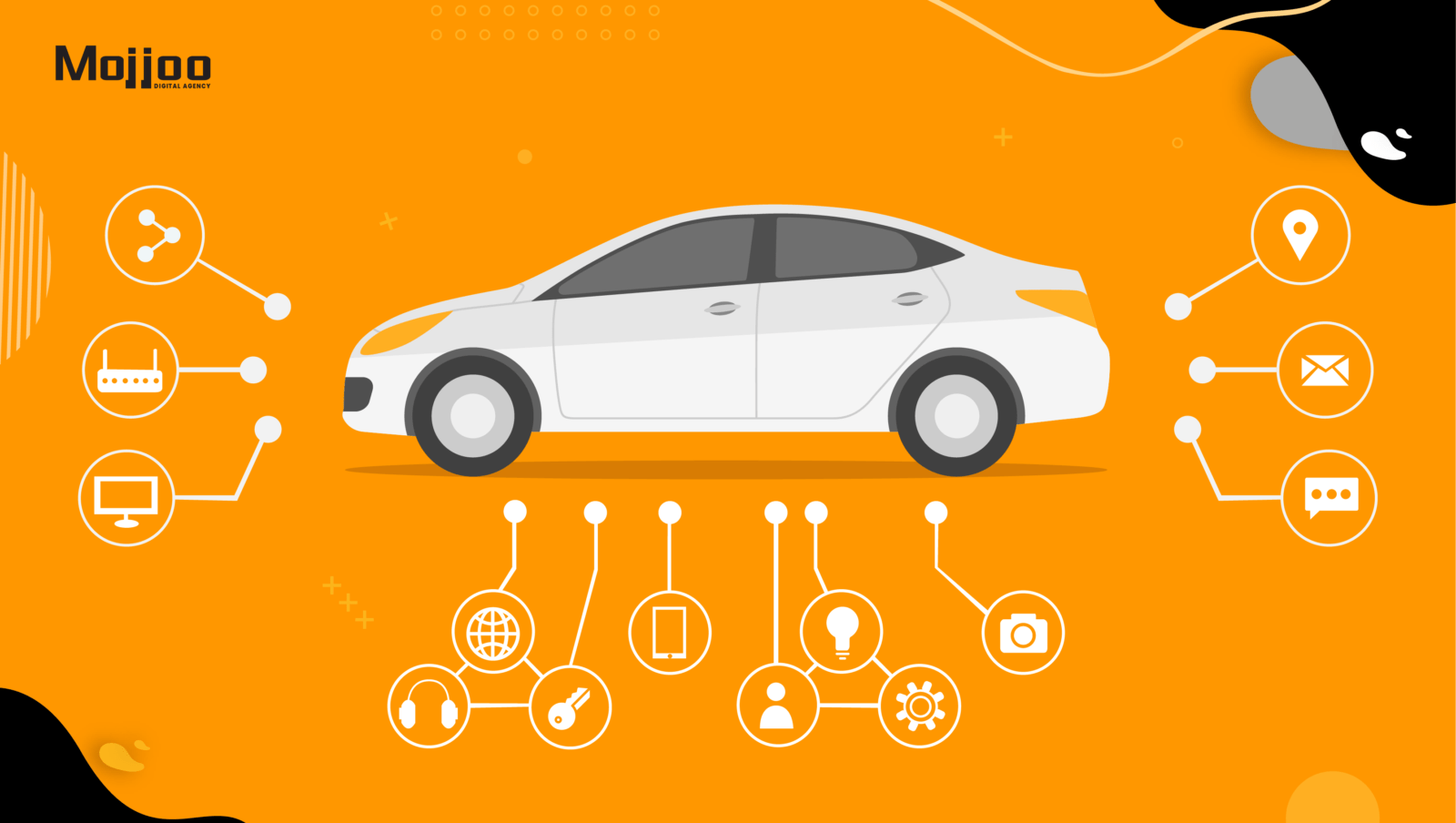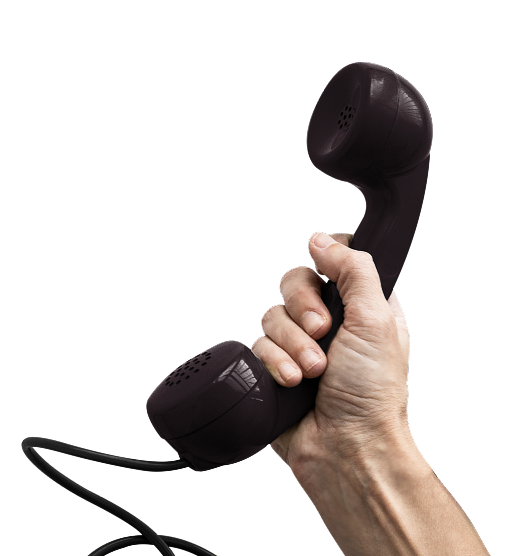Blogs
Bounce Rate in E-commerce: How to Keep Your Visitors?
One key factor to track is the bounce rate. Synonymous with good usability, it helps you understand whether visitors explore multiple pages on your website or leave after viewing just one. But what does it really mean for your e-commerce site, and how can you reduce it?
What is Bounce Rate?
It’s the percentage of visitors leaving your site without visiting other pages. It’s a quality indicator because it shows if users are satisfied with the content they find. If most visitors leave after a single page, Google may consider the site irrelevant and lower its ranking.
What is a Good Bounce Rate?
A visitor can stay 10 seconds or 10 minutes on a page. If they don’t visit other pages, it counts as a bounce.
Average bounce rates range from 25% to 70%, with a “good” rate between 25–40%. Going lower is very difficult.
Bounce Rate for E-commerce Sites
A high bounce rate is bad for e-commerce, as the goal is to show visitors multiple pages. If they leave after one page, purchases are unlikely. According to ContentSquare, the average bounce rate for e-commerce is 47%.
Bounce Rate by Industry
- Retail / Fashion: 42.3%
- Financial Services: 43.4%
- Automotive: 43.7%
- Luxury: 45.8%
- Travel: 47.3%
- Cosmetics: 50.1%
- Energy: 50.5%
- Home & High-tech: 51.4%
- Mass Retail: 52.1%
(Source: ContentSquare, 2020)
How to Analyze Your Bounce Rate
Using Google Analytics:
- Go to Acquisition > Overview to see overall and per-page bounce rates.
- Or Behavior > Overview for the general site bounce rate.
Bounce rate can be measured per page (visitors leaving a specific page) or site-wide (all pages). Measuring by page helps you prioritize pages with high rates for optimization. Consider time on page and new vs returning visitors as well.
How to Reduce Your E-commerce Bounce Rate
Here are 6 proven techniques:
- Welcome visitors naturally
Avoid intrusive pop-ups or flashy animations. Minimize heavy plugins to speed up page loading. 57% of users leave after 3 seconds of delay on mobile. - Provide useful and relevant content
Visitors need value to stay. Be functional and precise to encourage them to explore other pages. - Optimize site usability
Your site should be visually appealing, easy to navigate, intuitive, and well-structured. Ensure consistent fonts, colors, images, and clear content linking to other pages if needed. - Make landing pages attractive
Checklist: colors, fonts, images, call-to-actions (CTA), navigation, and content that matches visitor expectations. - Reduce page load time
Even a 1-second improvement can significantly increase engagement. - Encourage clicks with CTA
Use action verbs, slightly flashy colors, and clear designs to guide users through your site.
In short, there are many ways to lower your e-commerce bounce rate, but without auditing your site and understanding visitor behavior, these techniques won’t be as effective.
Recent Articles

What is Growth Marketing?
What is GROWTH MARKETING? It’s a modern approach to attract, engage, and retain customers over...

How to Run a Successful Branding Campaign?
A branding campaign involves marketing actions taken by a company to get noticed, reach a...

Digitalization of the Automotive Sector: The Brand-New Web Trend
Currently, digital technology plays a key role in the automotive purchase journey, and manufacturers have...

